Mother of Thousands (or Millions) Plant Care – How to Grow Kalanchoe
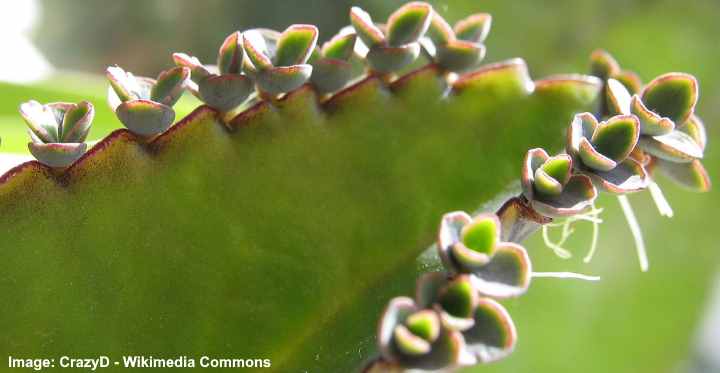
The mother of thousands plant (Bryophyllum daigremontianum or Kalanchoe daigremontiana) is an interestingly-shaped plant that thrives indoors as a houseplant. The mother of thousands succulent plant has other common names such as alligator plant, devil’s backbone, Mexican hat plant, or mother of millions. These common names can give you an idea as to its appearance. The unusual feature of the mother of thousands is the tiny plantlets that grow along the leaf margins. These plantlets grow roots, making the plant easy to propagate.
17 Perennial Vegetables to Plant Once for Years of Bounty

Perennial vegetables give you a bounty of tasty and nutritious edible plants year after year. The beauty of growing perennial food plants in your garden is that you don’t need to plant them annually. You have less work to do in the springtime because you have no seeding, planting, or preparation to grow your perennial vegetables. So, once you plant perennial crops, you can enjoy their benefits for many years.
Tall Indoor Plants: The Best Large Houseplants for Homes and Offices (With Pictures)

Tall, large indoor plants are excellent for bringing nature indoors to large rooms in homes and offices. The best tall houseplants thrive in typical indoor conditions—low light, average room temperatures, and little watering. Some of the tallest house plants can grow to 5 feet or more. Some large indoor plants also have big leaves that create a feeling of drama and provide a focal point. So, if you want to grow tall indoor trees or plants that have large, broad foliage, there is a type of big houseplant for your needs.
Philodendron Pink Princess (Philodendron Erubescens): Ultimate Care and Growing Guide
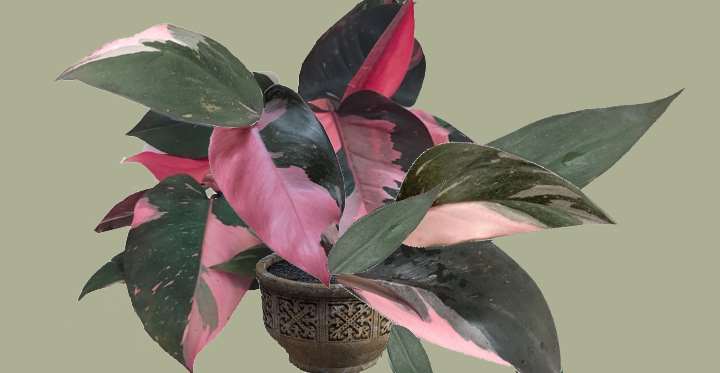
The Philodendron Pink Princess is one of the most stunning and beautiful houseplants to grow. With its dark green leaves and bright pink variegation, this indoor plant is rightly called the “pink princess.” Pink Princess philodendron plants grow well in pots or in hanging baskets where the trailing vines and pink leaves create a stunning showpiece. There is also a pink Philodendron called the “Pink Congo,” however, this not the true “princess”—you’ll find out why in this article.
Rhaphidophora Tetrasperma: Care, Plant Profile and Growing Guide
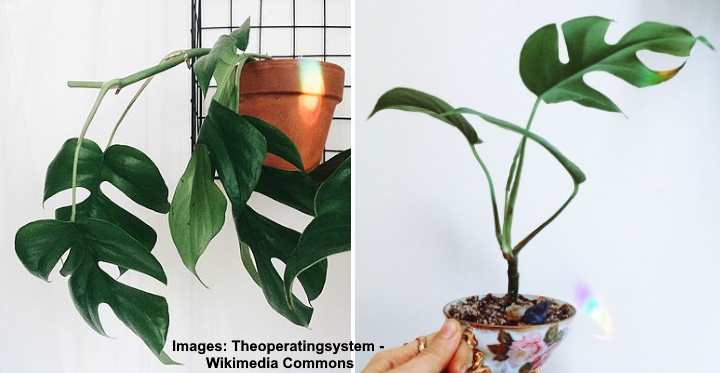
Rhaphidophora tetrasperma is a tropical plant that grows extremely well indoors. The green leafy plant has split leaves that make it look like a Monstera deliciosa or type of Philodendron. In fact, the Rhaphidophora tetrasperma is mistakenly called a Mini monstera, Ginny philodendron, or Philodendron Piccolo. Although Rhaphidophora tetrasperma is also a member of the family Araceae, it is not related to monsteras or philodendrons.
Types of Coniferous Trees (Including Deciduous Vs. Coniferous Trees)
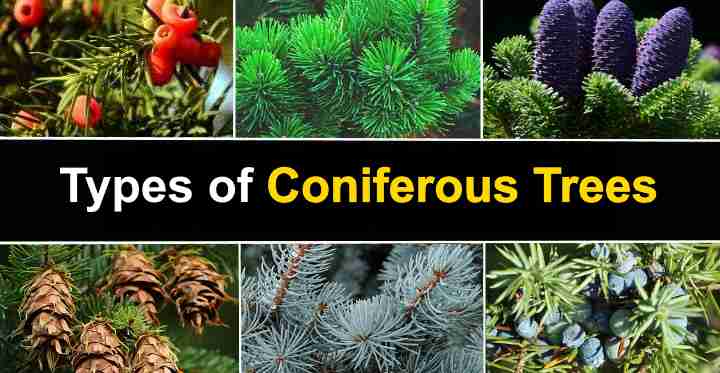
Coniferous trees are types of common softwood trees that are identified by pine-like needle leaves and seed-producing cones. Most types of conifers are evergreen trees, although some conifers are deciduous and lose their leaves in fall. Collectively, coniferous trees belong to the plant class Coniferophyta or Pinophyta. These trees are gymnosperms, meaning they have cone-bearing seeds. There are over six hundred species of conifer trees that are divided into eight families.
Types of Peaches: Freestone, Clingstone and More Peach Stone Types
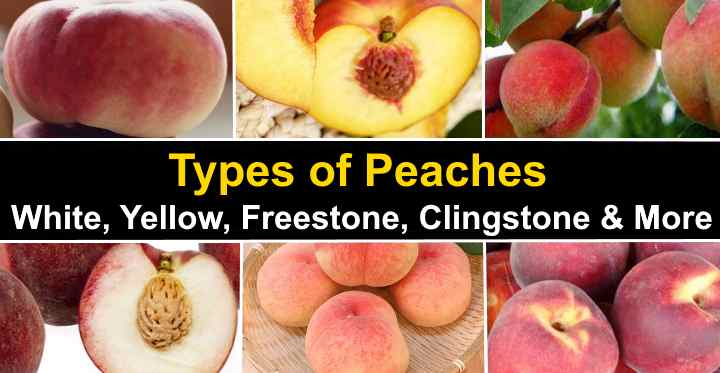
Peaches are juicy fruits that contain a large stone in the middle and have yellow or white flesh. Many people say that peaches with white flesh are usually sweeter and less acidic than peaches with yellow flesh. However, yellow peaches tend to be more popular in Western countries. Their tangy sweetness, juicy flesh, and amazing flavor make peaches popular fruit in most countries. There are over 2,000 varieties of peaches, one of which—a peach without fuzzy skin—is called a nectarine.
How to Get Rid of Gnats on Houseplants and Kill Gnats in Plant Soil
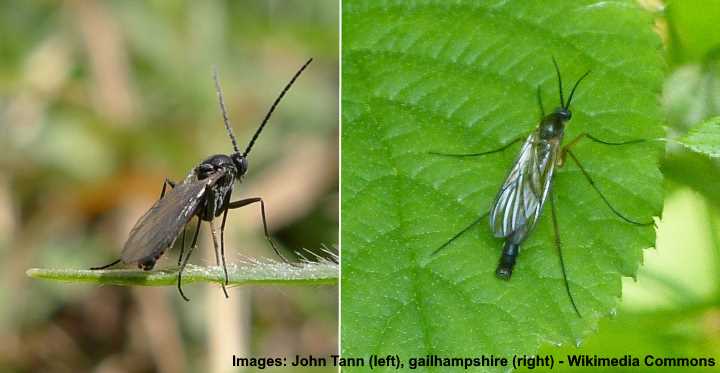
Fungus gnats, also called soil gnats, are small flying bugs that are the bugbear of anyone who has houseplants. The tiny flying pests lay their eggs in the potting soil where they hatch into larvae. The gnat larvae thrive in damp soil and can quickly harm the roots of young plants. You may notice these bugs in your houseplant soil or they may fly around your plants. When gnat larvae grow into flying insects, the gnats can quickly infest other plants in your home with fungal diseases.
How to Get Rid of Bugs in Houseplants: Natural Ways to Kill Bugs on Indoor Plants
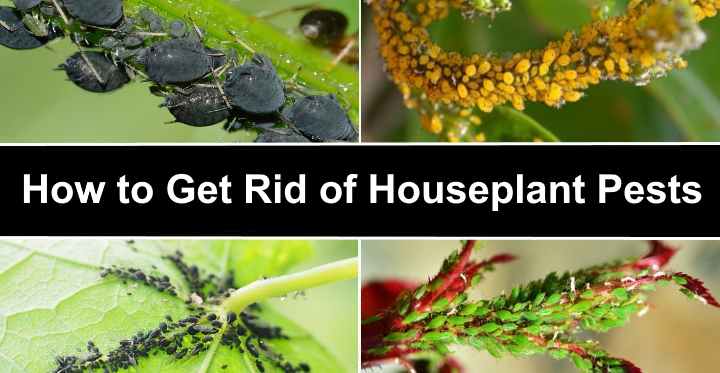
Getting rid of bugs in houseplants can be challenging. Aphids, spider mites, thrips, and mealybugs can seem to come from nowhere. And, just when you thought you got rid of these indoor plant pests for good, they appear again. It’s essential to act quickly at the first signs of a houseplant bug or pest infestation. These pests can end up sucking the life out of your prized indoor plants.
Common Houseplant Pests: Types, Identification, and Getting Rid of Houseplant Bugs
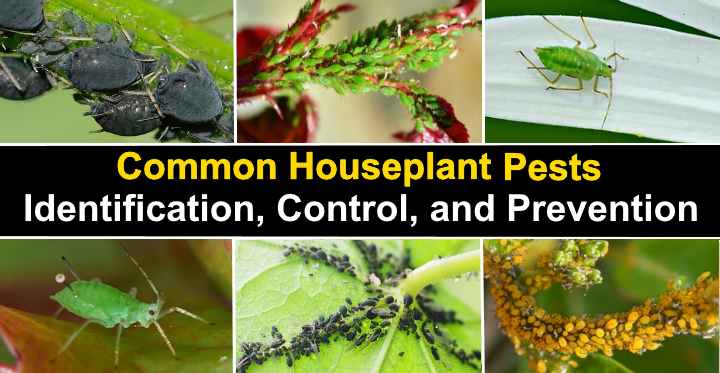
Houseplant pests can multiply quickly indoors and infest many of your prized plants. The growing conditions indoors—warmth, moisture and light—can provide the perfect environment for houseplant bugs to thrive. Knowing how to identify common indoor plant pests is key to getting rid of the bugs quickly. It is also essential to regularly monitor houseplants for signs of plant pests to prevent infestations from getting out of hand.
